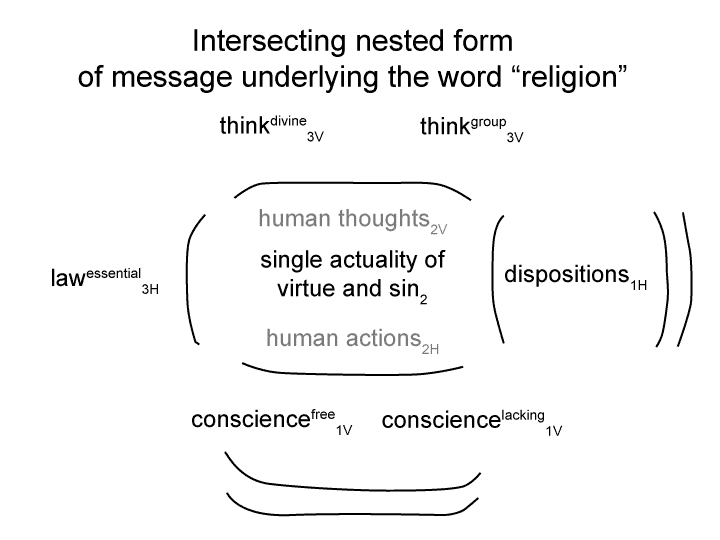Man and Sin by Piet Schoonenberg (1964) 2.1I
Summary of text [comment] page 64
[Here is the comedic part of that story.
During the Middle Ages, right before the Reformation, printed indulgences almost became the world’s first fiat currency.
What an amazing, inadvertent, combination of printed paper and wishful thinking that would have been.
It was sort of like the euro and the dollar today, but with this caveat:
Indulgences were printed to prepare for tomorrow for the sins of today.
Euros and dollars are printed in order for the sovereign powers to sin for today. Who cares if tomorrow will pay?]

